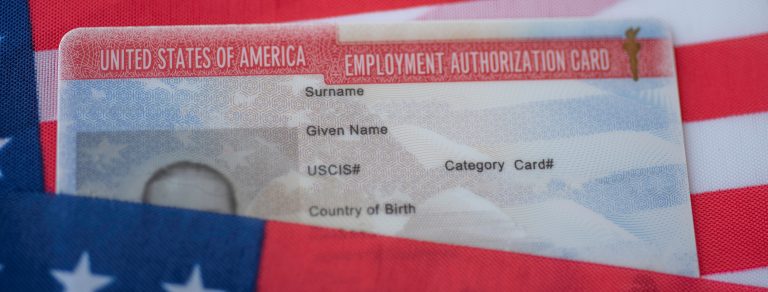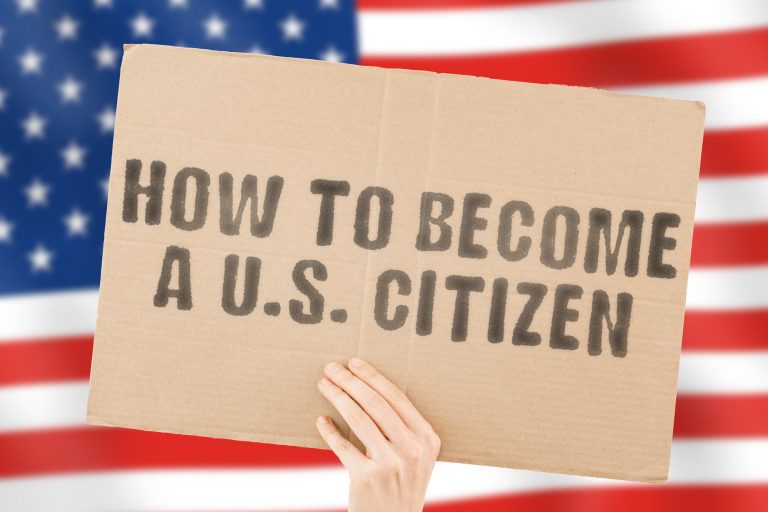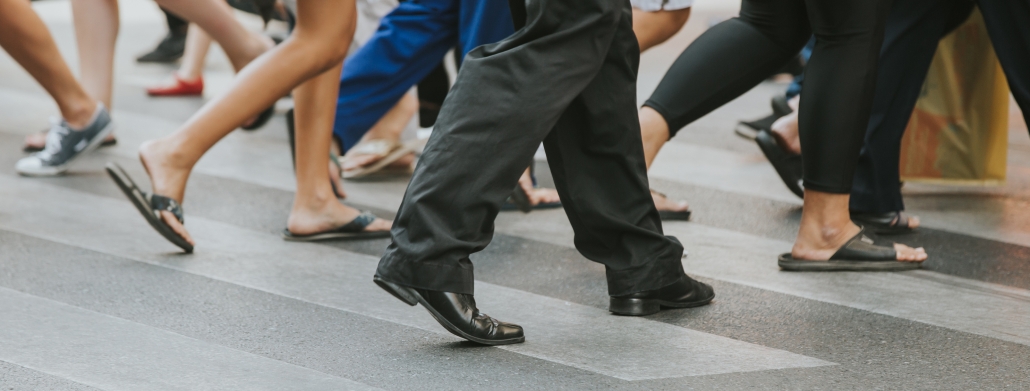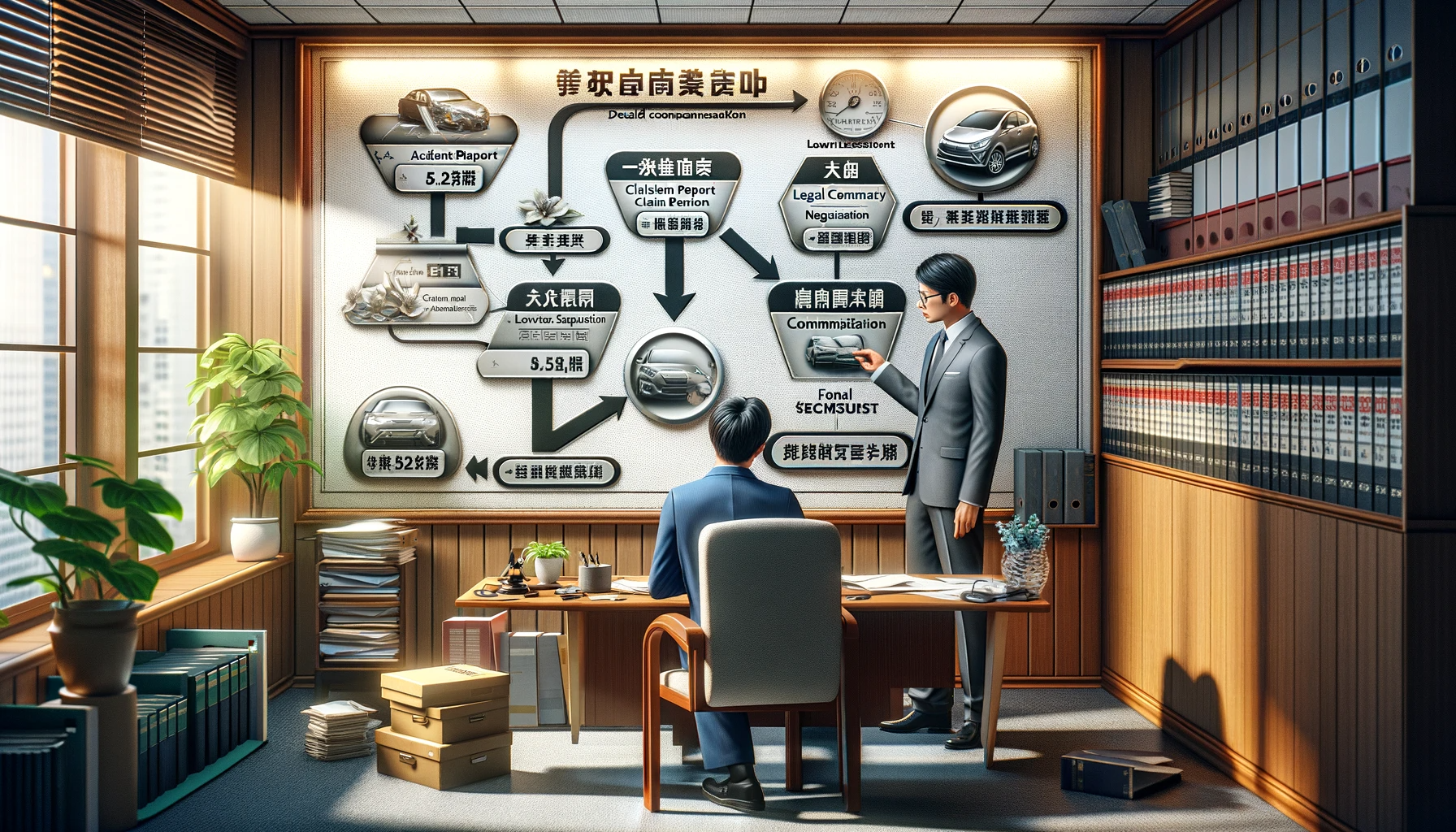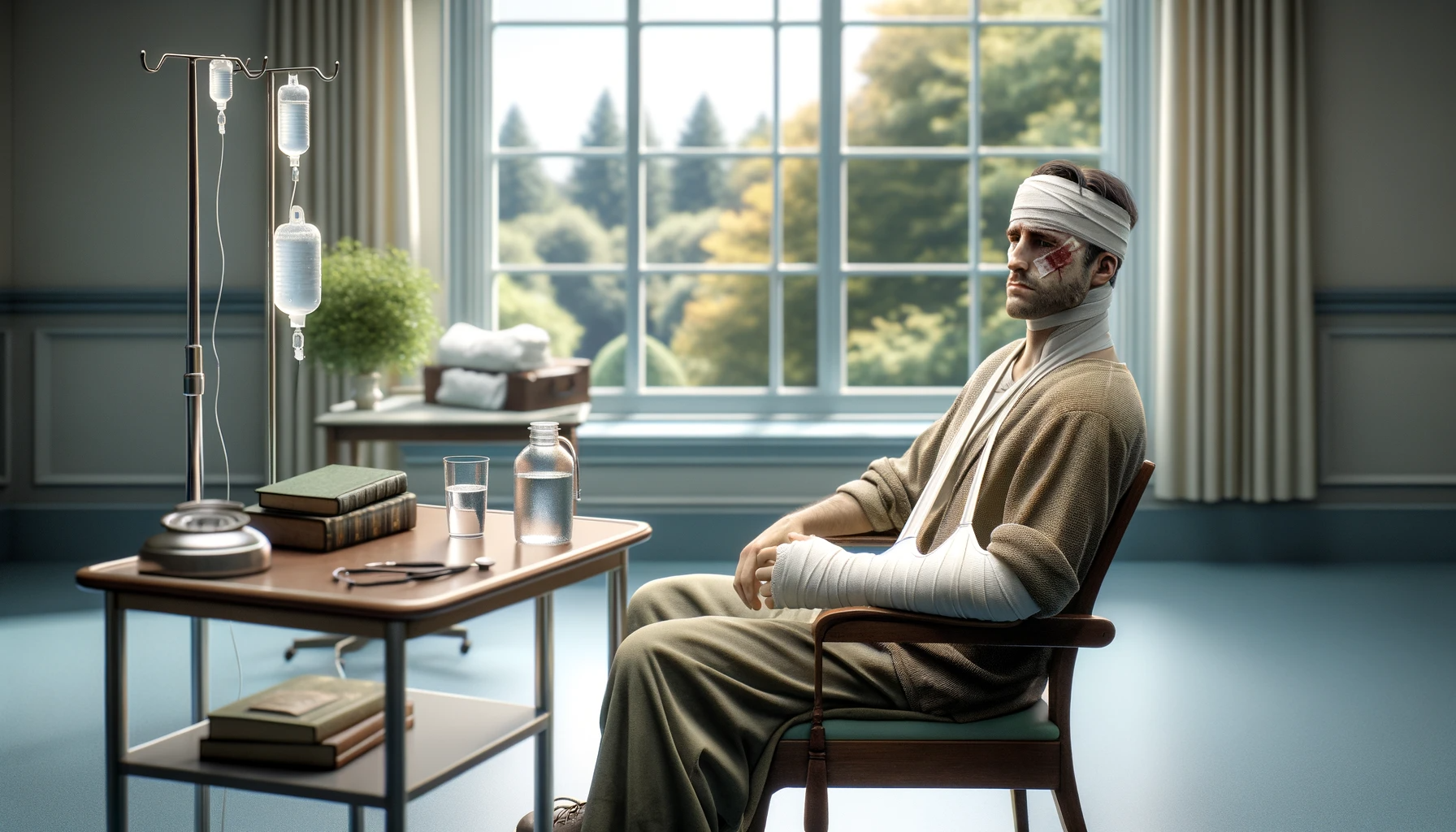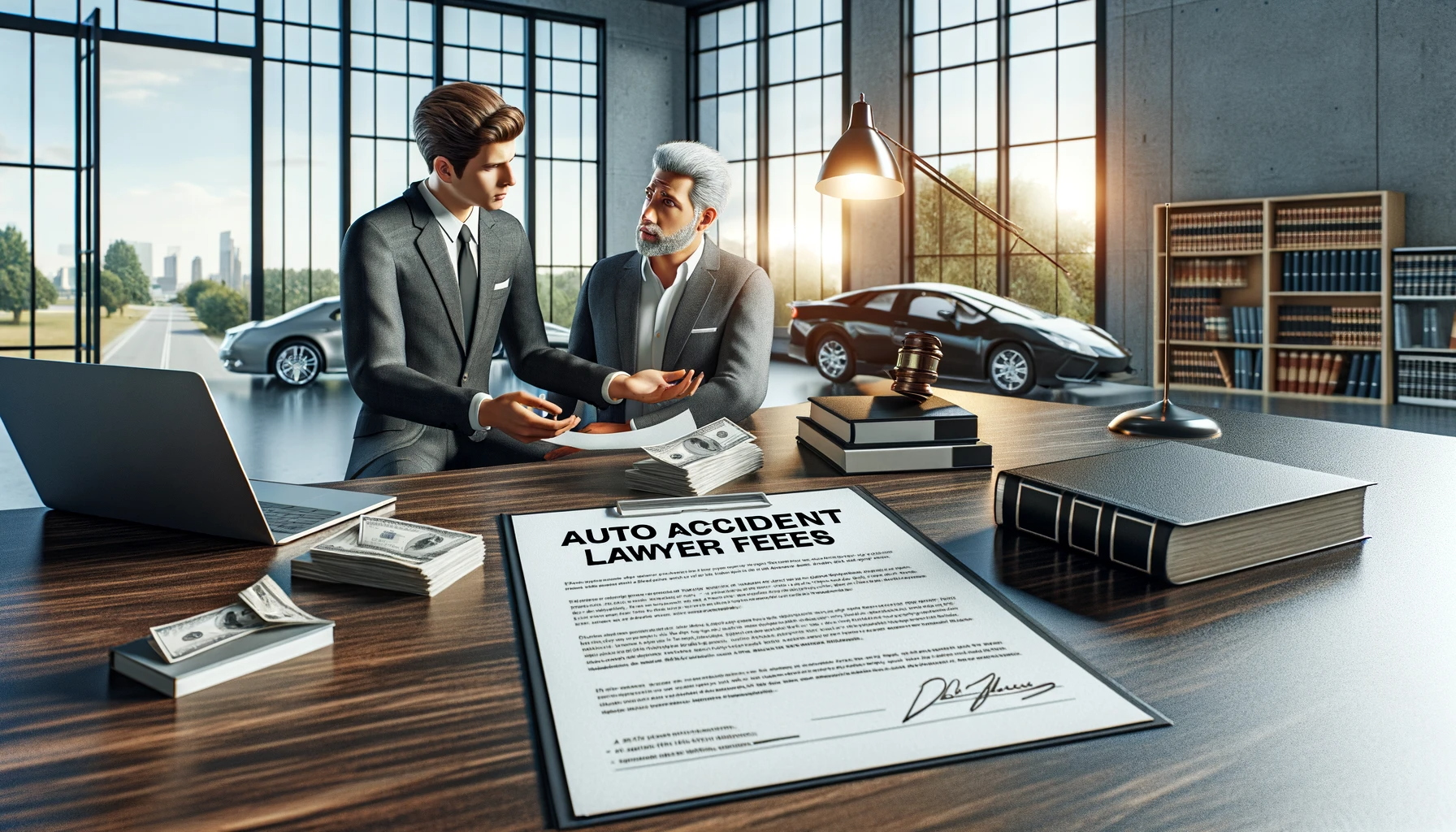[vc_row][vc_column][vc_column_text]Vision Zero is an ambitious plan to prevent all traffic fatalities and serious injuries worldwide. Vision Zero has had an impact on reducing traffic deaths, and especially pedestrian deaths, in some cities and countries across the United States and Europe. Sweden, the first country to implement Vision Zero, has seen a 30 percent reduction in fatalities since changing policies in 1997. New York City has pursued Vision Zero plans since 2014 and has reduced traffic deaths about 20 percent since then. San Francisco has also seen reduced fatalities. Los Angeles, however, tells a very different story.
Since joining the Vision Zero project, Los Angeles has seen an increase in traffic fatalities of about 30 percent. It's not known exactly why this has happened, though certain theories include more drivers on the road, larger vehicles on the road, distracted driving/walking, and even increased speed limits on some city streets. While no one factor may be causing the increase, it's still a bit confusing. Los Angeles has spent millions of dollars implementing recommendations, including dedicated bike lanes, pedestrian scrambles, and curb extensions. As improvements continue, it remains to be seen if patience will pay off.
Los Angeles County has its own plan for Vision Zero. Los Angeles County's Vision Zero action plan states that LA County will
use sound engineering principles and judgment and work closely with communities to identify and implement a variety of roadway enhancements proven to reduce fatal and severe injury collisions. Roadway enhancements aim to manage vehicle speeds, enhance visibility, and provide separation for travel modes. Some examples are shown on the following pages, which may be applied in rural or urban settings based on community needs.The LA County Vision Zero action plan lists some specific safety enhancements that could be implemented with the goal of reducing traffic fatalities:
- Pedestrian beacons that light up when a pedestrian is waiting to cross
- Left turn arrows to protect pedestrians
- Dedicated bike lanes with separation from vehicle traffic
- Additional roadway lighting
- High visibility crosswalks
- Curb extensions that reduce crossing distance and vehicle speed
- Midway stopping points at long crosswalks
- "Road diets" that reduce the available number of lanes, slowing traffic
- Traffic circles and roundabouts



